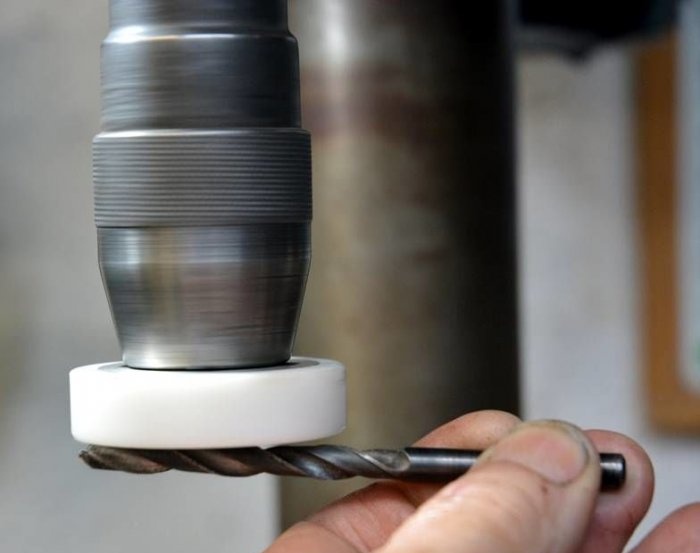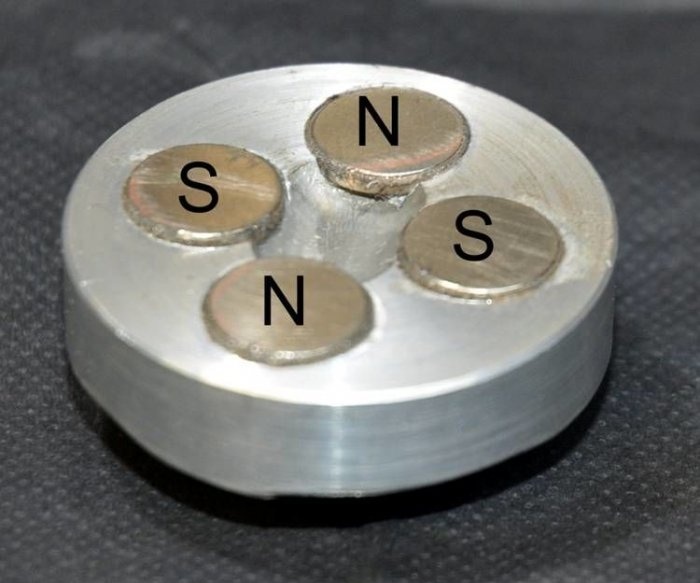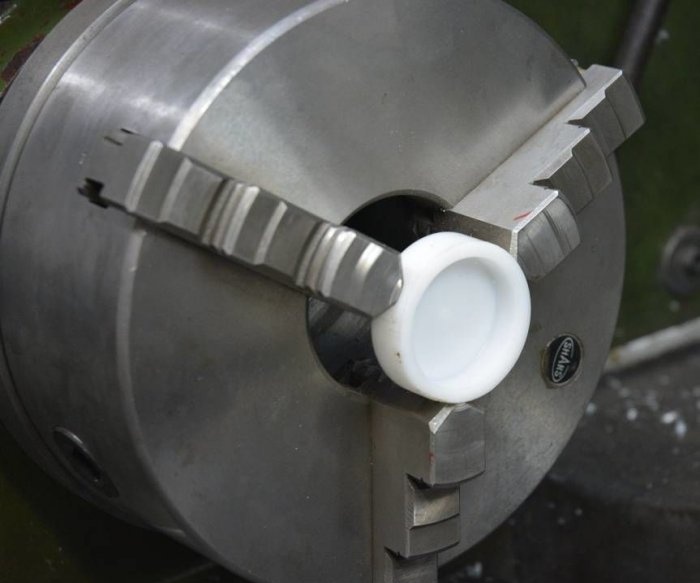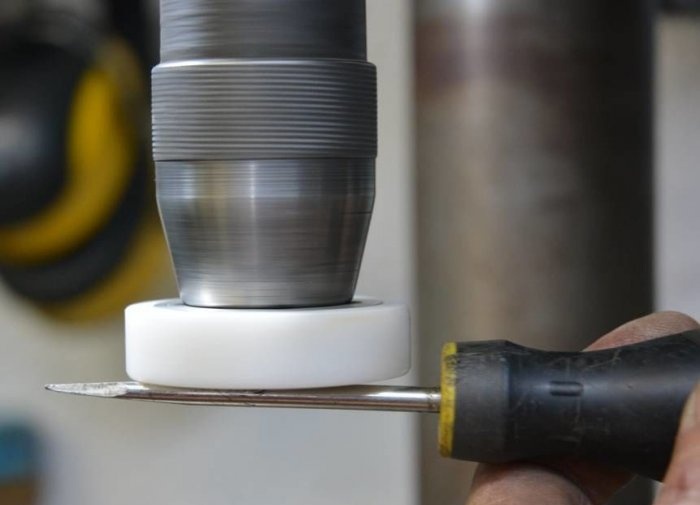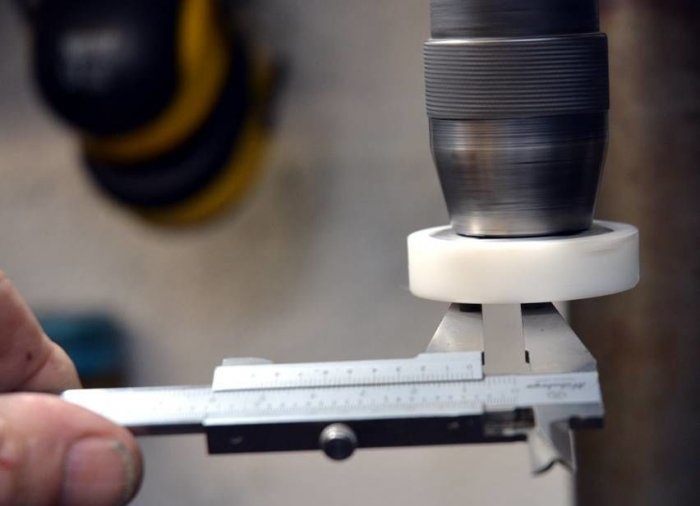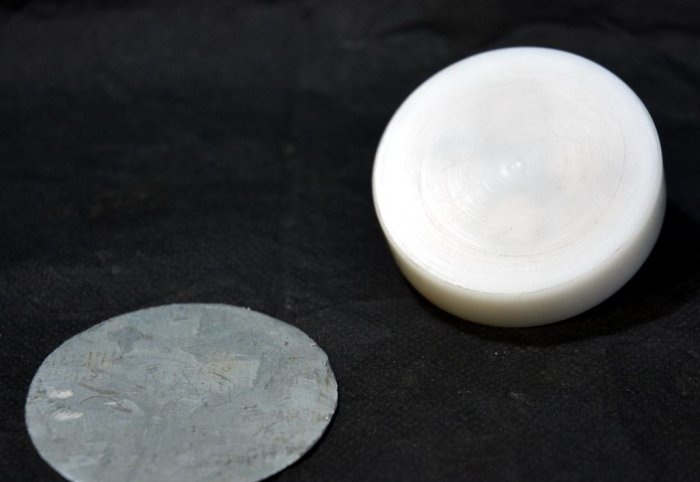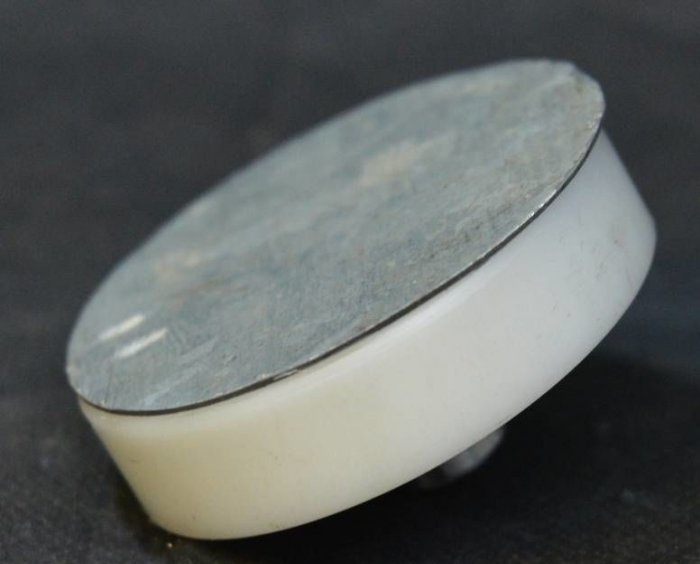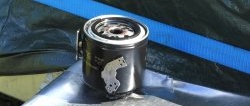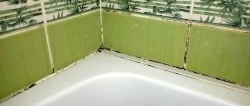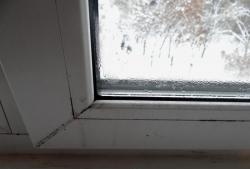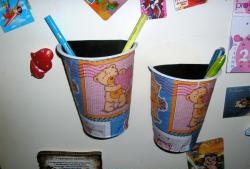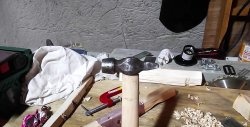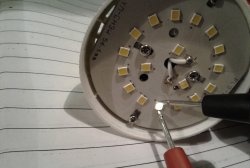Homemade magnetizer and demagnetizer for tools
For ease of use, some tools need to be magnetized. These are primarily screwdrivers used for tightening small screws. It also happens the other way around, when it is better to demagnetize the tool so that metal shavings do not stick to it. For all this, special devices are used - magnetizers (magnetizers) and demagnetizers (demagnetizers). They have a very simple design, so they can be made by hand.
To make it you will need:
You need to turn a fungus out of an aluminum shaft or handle on a lathe, as in the photo. There are 4 holes in its cap for pressing and gluing magnets. Each adjacent magnet must be turned in the opposite direction to have a different polarity.
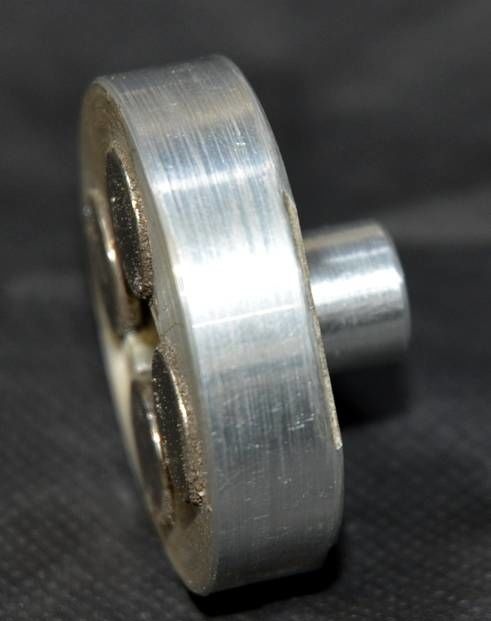
The mushroom with magnets is closed with a plastic lid. It can be selected by diameter or machined.
The presence of a plug will make it easier to remove ferrous metal chips stuck to the demagnetizer.
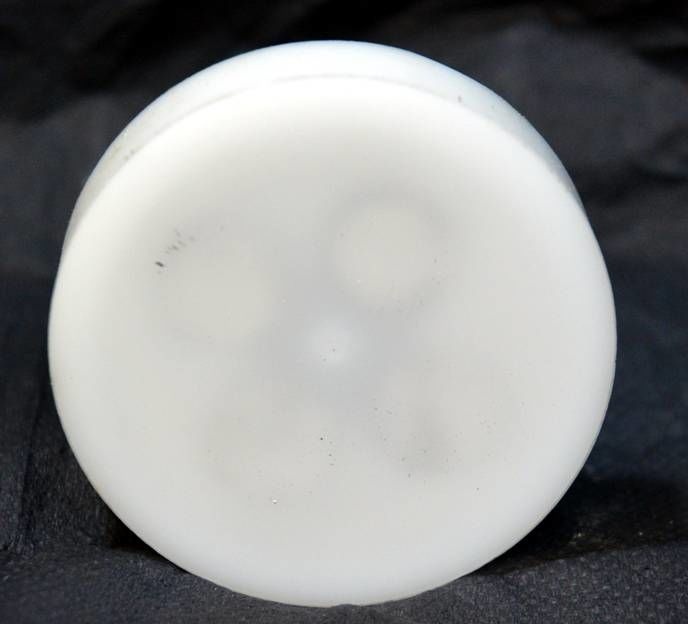
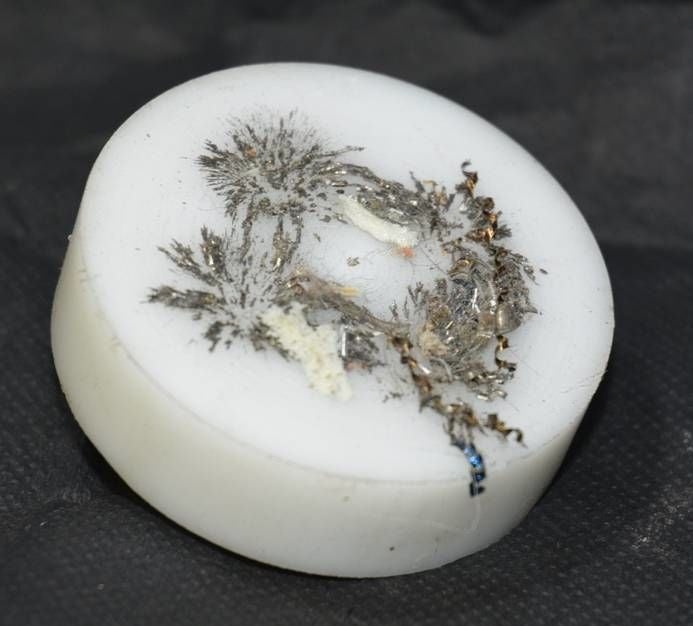
To use the device, you need to clamp it in a drill press or drill. It is important that the degausser rotates. The tool that needs to be demagnetized is placed flat on the side of the plastic cover of the device. It is held for a couple of seconds, after which it is slowly withdrawn parallel to the plane of the plug. Since the tool is subject to an alternating magnetic field from multidirectional magnets, it becomes demagnetized and no longer attracts metals.
Additionally, a cover plate can be cut out of tin for the device. By leaning it against the fungus cover, you can short-circuit the magnetic field, which will save you from cleaning the device from chips.
To make a magnetizer you will need:
The existing magnets need to be connected into a rod. Ferrous metal holders are attached to its ends. They can be cut from tires, rebar or other scrap.
The principle of using a magnetizer is very simple. With both holders it is attached to the instrument that needs magnetization. To magnetize, they need to be left in a locked state for several minutes or hours, depending on the mass.
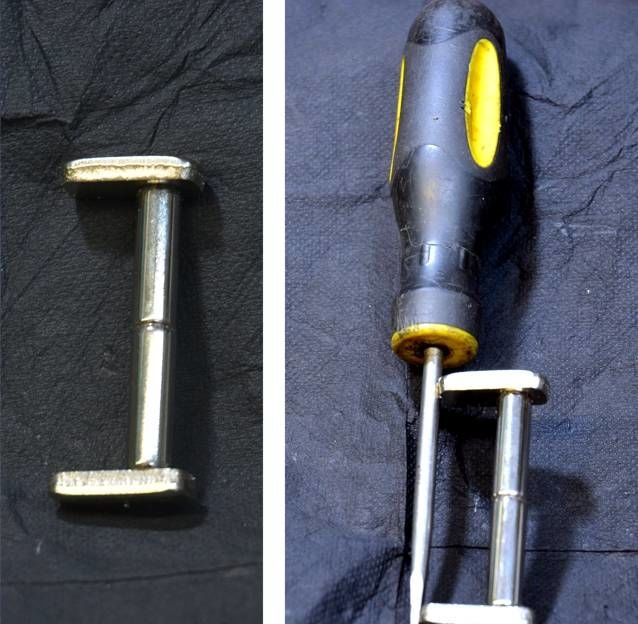
Both homemade devices are cheap to make and often useful. They are trouble-free and efficient, therefore in many ways better than their factory counterparts.
Original article in English
Degausser
To make it you will need:
- aluminum shaft or wooden handle;
- 4 rare earth washer magnets;
- plastic cover on the shaft;
- Super glue;
- tin.
You need to turn a fungus out of an aluminum shaft or handle on a lathe, as in the photo. There are 4 holes in its cap for pressing and gluing magnets. Each adjacent magnet must be turned in the opposite direction to have a different polarity.

The mushroom with magnets is closed with a plastic lid. It can be selected by diameter or machined.
The presence of a plug will make it easier to remove ferrous metal chips stuck to the demagnetizer.


To use the device, you need to clamp it in a drill press or drill. It is important that the degausser rotates. The tool that needs to be demagnetized is placed flat on the side of the plastic cover of the device. It is held for a couple of seconds, after which it is slowly withdrawn parallel to the plane of the plug. Since the tool is subject to an alternating magnetic field from multidirectional magnets, it becomes demagnetized and no longer attracts metals.
Additionally, a cover plate can be cut out of tin for the device. By leaning it against the fungus cover, you can short-circuit the magnetic field, which will save you from cleaning the device from chips.
Magnetizer
To make a magnetizer you will need:
- 2 cylinder magnets or a set of washer magnets;
- steel rod or tire.
The existing magnets need to be connected into a rod. Ferrous metal holders are attached to its ends. They can be cut from tires, rebar or other scrap.
The principle of using a magnetizer is very simple. With both holders it is attached to the instrument that needs magnetization. To magnetize, they need to be left in a locked state for several minutes or hours, depending on the mass.

Both homemade devices are cheap to make and often useful. They are trouble-free and efficient, therefore in many ways better than their factory counterparts.
Original article in English
Similar master classes
Particularly interesting
Comments (0)

